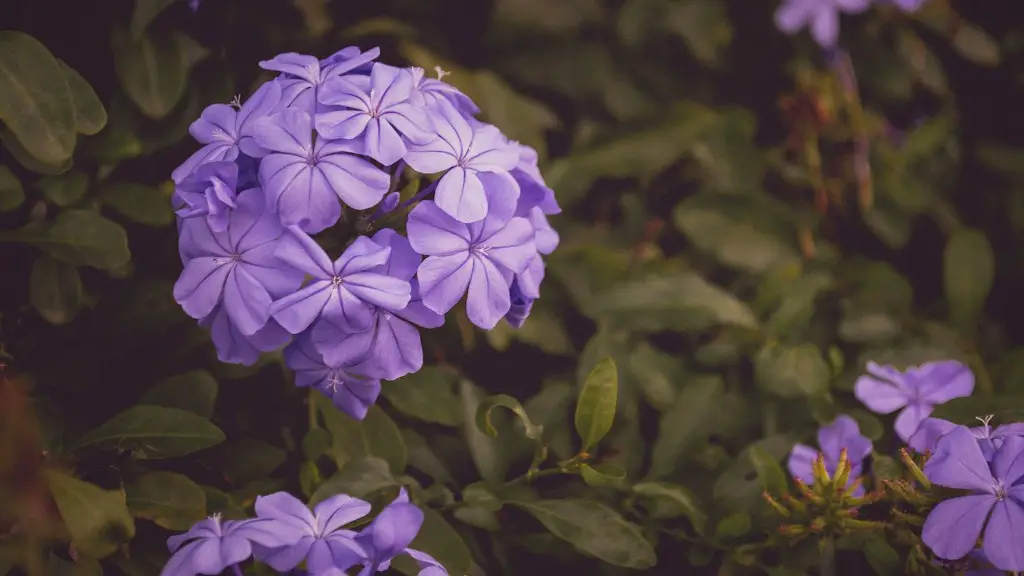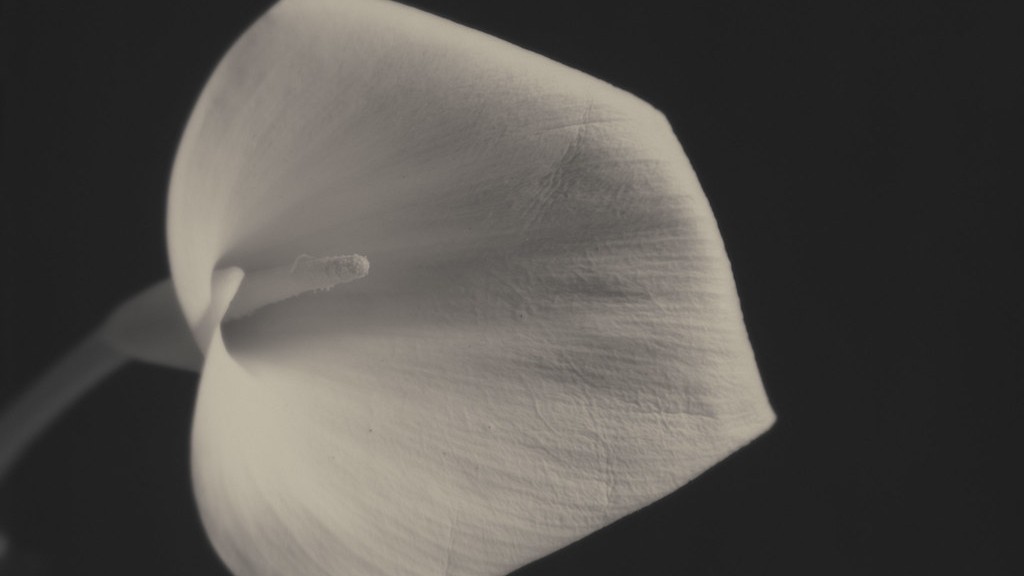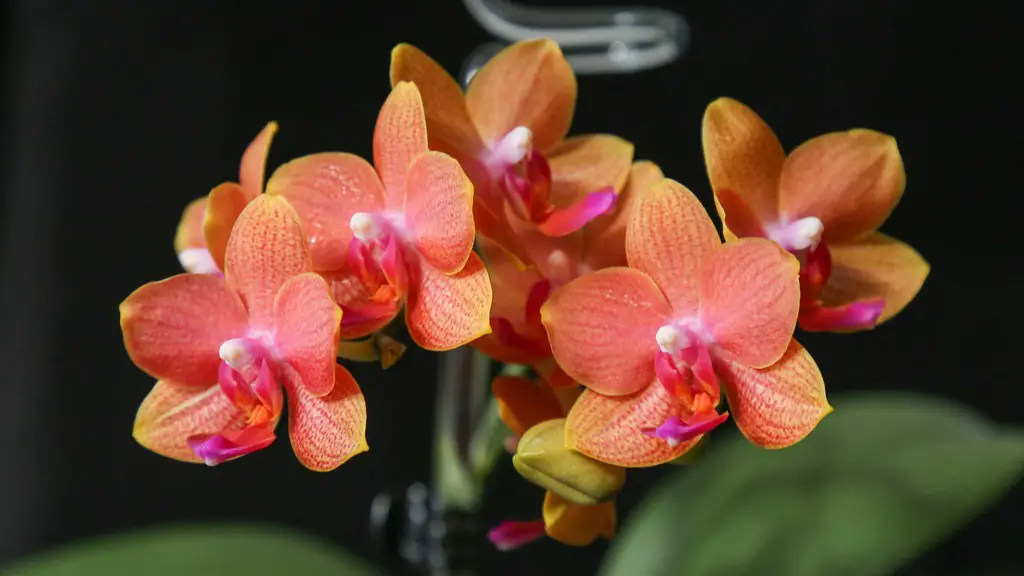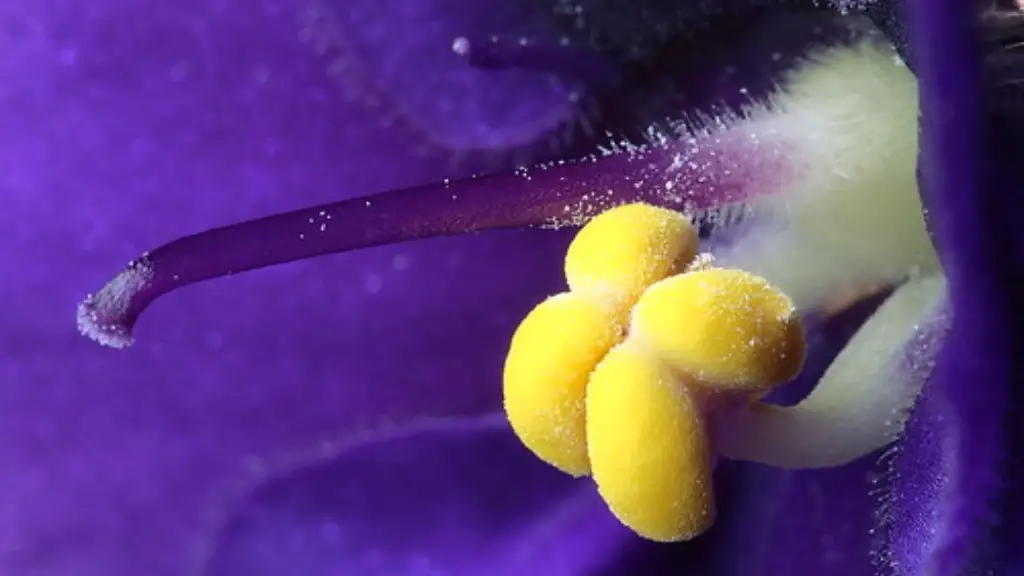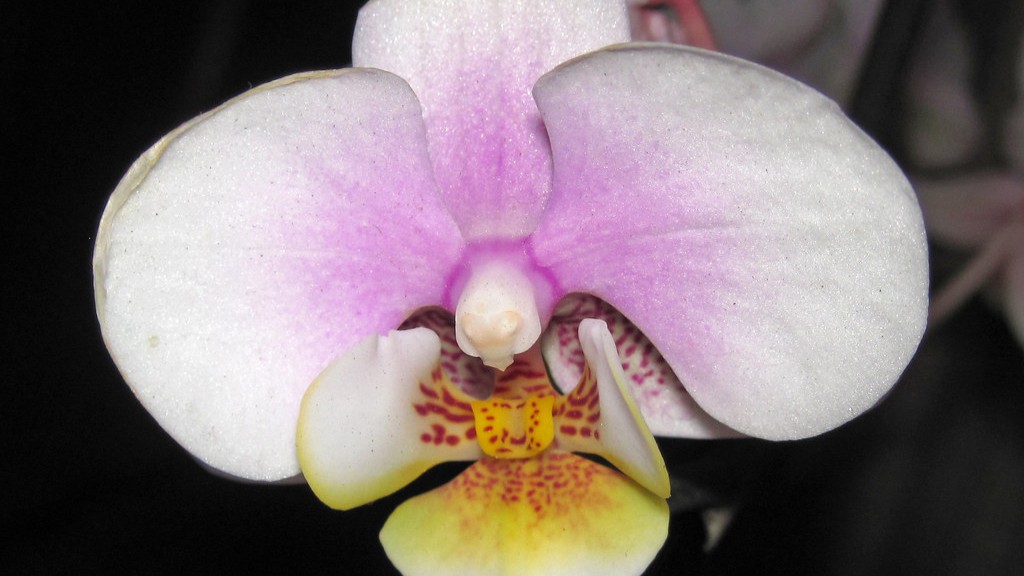African violets are a type of flowering plant that is native to eastern Africa. They are a popular houseplant in many parts of the world and are known for their pretty, violet flowers. African violets typically live for around 3-5 years, although some may live for longer.
There is no definitive answer to this question as different african violets can have different life spans. However, with proper care, most african violets can flower and remain healthy for several years.
Are African violets hard to keep alive?
To have a happy and healthy African violet plant, there are a few key elements that you need to master. These include potting, light, water, and temperature. By providing your plant with the proper care, you can ensure that it will thrive for years to come!
If your African violet has burnt or dry leaf tips, it’s likely dehydrated. Try placing your plant on a humidity tray to boost the moisture in the air. If your African violet has drooping leaves, it may be suffering from low temperatures. Keep your indoor environment around 70 degrees Fahrenheit, even at night.
Do African violets need bigger pots
If you’re looking for the best results with your African violet, it’s best to choose a pot that’s on the smaller side. This will help to keep the plant slightly pot-bound, which is ideal for its growth. Keep in mind that if you have a standard African violet plant, your starter pot should be about 3-4 inches in diameter.
To get your African violets to bloom year-round, you’ll need to provide them with the correct conditions. They should have bright, indirect light and be kept moist, but not too wet. The soil should be well-drained and the pots should have good drainage holes. Expect each bloom to last for 2-3 weeks.
Where is the best place to put an African violet?
If you want your plants to have the best color and blooms, grow them in bright, indirect light. The best location for this is a plant stand three feet away from a west- or south-facing window. Plants will still grow when situated right beside north- or east-facing windows, but leaves will be thin and spindly, and plants less likely to bloom.
A wicking system is a great way to make sure your African violets are never over watered. Simply water the plant once a week and allow the plant to completely dry between waterings. The wicking system will help to keep the soil moist and encourage the plant to roots to grow deeper.
How big can African violets get?
African violets come in a wide variety of sizes, depending on the variety. Some are classed as miniature (6 to 8 inches or less in diameter), semi-miniature (6 to 8 inches), standard (8 to 16 inches), and large (over 16 inches). There are hundreds of varieties of African violets, so there is sure to be one that is perfect for you.
If you have success getting your African Violet to bloom, be sure to pinch or deadhead spent blooms. This allows the plant to continue to put energy into creating more buds/blooms and beautiful foliage.
When should African violets be repotted
Many growers believe that repotting with fresh potting soil at least twice a year is the key to success with African Violets. Others recommend repotting only when the plant becomes rootbound, ie, when the roots have outgrown the current pot and are growing out and around the rootball.
It really doesn’t matter if you water your African violet from the top or bottom, as long as you are using lukewarm water (cold water can shock the plant). Just be careful not to splash water on the leaves when the plant is in direct sunlight, as this can cause leaf spots.
Do violets like to be crowded?
African violets bloom best when they are a little crowded. However, if they are too crowded, they may start to struggle. If an African violet has too many leaves, it may withhold its beautiful blooms.
African violets need to be in a pot that has good drainage so that their roots don’t get waterlogged. Terra cotta is a good choice of material for the pot because it is a porous material that allows the roots to “breath” better. African violet roots don’t go very deep, so a shallow pot is best. Just be sure that your pot has suitable drainage holes so you can water from underneath.
What are the secrets to great African violets
African violets need indirect sunlight, so choose a north- or east-facing window for best results. Keep plants away from cold glass and rotate the pot once a week so all leaves receive light. Extend daylight by placing African violets under a grow light during winter months.
While many people find wild violets to be a beautiful addition to gardens and landscaping, others find them to be a nuisance because of their aggressive nature. Wild violets can be difficult to control, and they typically bloom in mid-May.
Do African violets multiply?
African violets and rex begonias are two of the easiest plants to propagate from leaf cuttings. Simply take a whole leaf (or even just a piece of a leaf), and insert it into a pot of well-draining soil. The leaf will quickly root and begin to grow a new plant. Keep in mind that since these leaves are delicate, they will wilt quickly once they are detached from the parent plant. So, make sure you have your pot of soil ready before you take the cutting!
Brushing leaves of african violets can actually decrease the plant’s quality and size. So it’s best to just admire them from a distance.
Final Words
African violets have a relatively short lifespan and usually only live for 2-3 years.
African violets can live for many years with proper care. They are relatively easy to care for and make excellent houseplants. With a little bit of love and attention, your African violet can thrive for years to come.
